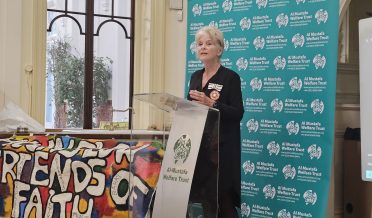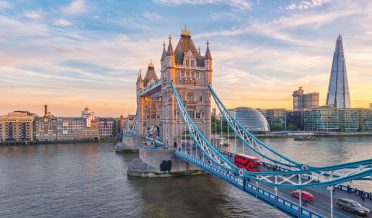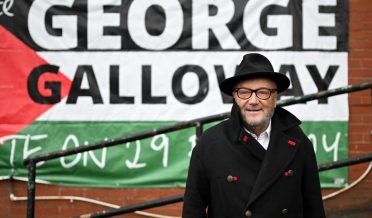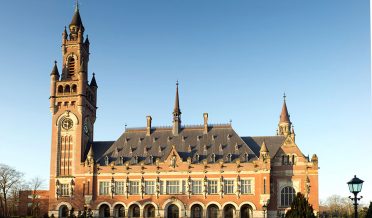Special Report
Christmas is celebrated to remember the birth of Jesus Christ, who Christians believe is the Son of God. The name ‘Christmas’ comes from the Mass of Christ (or Jesus). A Mass service (which is sometimes called Communion or Eucharist) is where Christians remember that Jesus died for us and then came back to life. The ‘Christ-Mass’ service was the only one that could take place after sunset (and before sunrise the next day), so people had it at Midnight! So, we get the name Christ-Mass, shortened to Christmas.
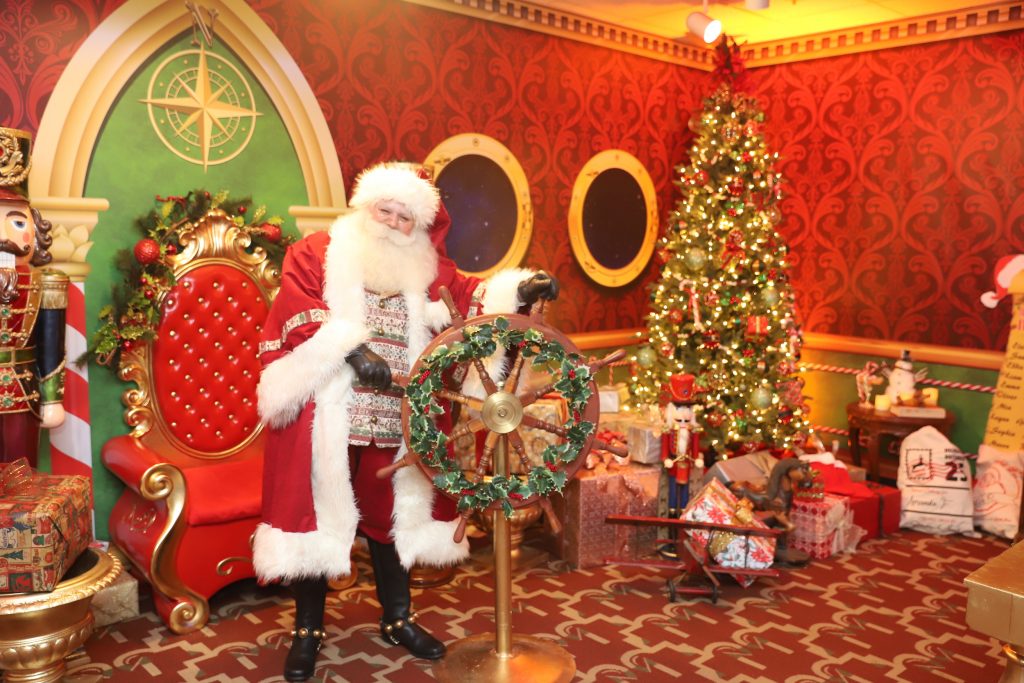
Christmas is now celebrated by people around the world, whether they are Christians or not. It’s a time when family and friends come together and remember the good things they have. People, and especially children, also like Christmas as it is a time when you give and receive presents! The traditional date of December 25 goes back as far as A.D. 273. Two pagan festivals honouring the sun were also celebrated on that day and it is possible that December 25 was chosen to counteract the influence of paganism. To this day some people feel uncomfortable with Christmas because they think it is somehow tainted by the pagan festivals held on that day. But Christians have long believed that the gospel not only transcends culture, it also transforms it. In A.D. 320 one theologian answered this criticism by noting, “We hold this day holy, not like the pagans because of the birth of the sun, but because of him who made it. There are two specific theories for why we use the date of December 25th for Christmas.
First, people and religions of the day celebrated some sort of holiday around that time. From Jewish Chanukah to Pagan Winter Solstice to Germanic Yule to Roman Dies Natalis Solis Invicti (Birth of the Unconquered Sun); the sheer number of celebration days with trees, decorations, yule logs, mistletoe and feasts seem to point to a season of celebration to which Christians added the birth of Jesus as a counter-cultural event and possibly even an escape from the pagan holidays for early believers. December 25th was the Saturnalia Festival of emancipation, gift giving and the triumph of light after the longest night. The Christian sees the truth implicit in this pagan tradition that reflects Christ the Light of the world. “…Because of the tender mercy of our God, by which the rising sun will come to us from heaven 79 to shine on those living in darkness and in the shadow of death, to guide our feet into the path of peace.” The second theory canters around the date “accepted” by the Western Church of March 25 as the Annunciation or Immaculate Conception of Jesus in Mary’s womb. December 25 is 9 months later and thus celebrated as the birthday of Jesus. Regardless of the possible reasons for the date, the church calendar was set in the West during Constantine’s reign while the Eastern Church held onto the date of January 6 for some time.
The Origin of Christmas Eve
For centuries, Christmas was celebrated not as a single day, but as a whole season in parts of the world, beginning with this day, December 24, Christmas Eve. Perhaps the practice of celebrating the evening before the big day is an echo from ancient Jewish reckoning. Among earlier Jews, a day began at six in the evening and ran until six the following evening. Had not Moses written: “An evening and a morning were the first day”? Gifts are a reminder of the gifts of the Magi to baby Jesus. Each of them speaks to a component of His incarnation: Majesty in life, Bitterest Agony in Death and Him as God’s Perfect gift to us.
The Origin of Christmas Cards
Christmas Cards started in 1844. An English artist named William Dobson, drew up some pictures in England for use at this season. They found local use there and soon spread to America. In 1846 Cole and Horsley saw the commercial potential of this growing tradition and started the production of what is now over a $1,000,000,000.00 industry, that sees 4 billion cards sent each year in America alone.
The Origin of the Christmas Tree
Among the many accounts claiming to explain the origin of the Christmas tree, the three most popular are from Germany — making it the likeliest place of origin. The stories span from the 8th to the 16th century. All three have some element of historical fact, and they may even loosely connect from one to another.
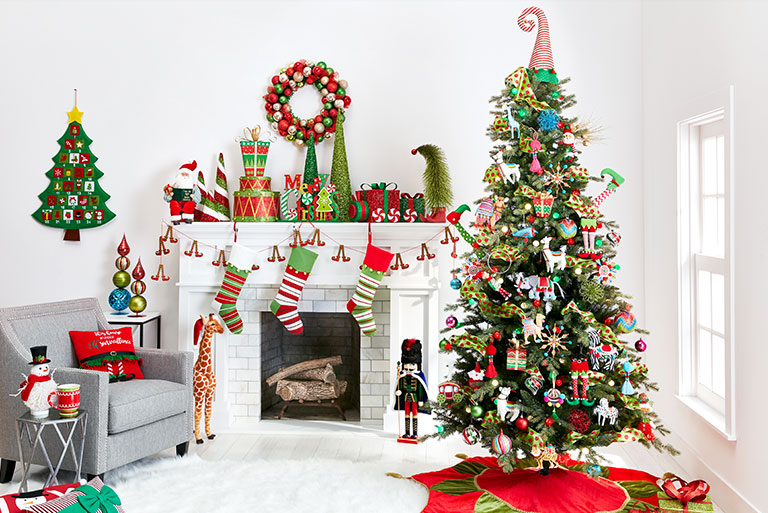
- The first story is about St. Boniface. In the 8th century, he was a missionary to some of the remotest tribes of Germany. He is probably best known for what is called the “Felling of Thor’s Oak.” It is said that upon entering a town in northern Hesse (Hessia), Boniface learned that the people worshiped the god Thor who they believed resided in a great oak tree among them. Boniface determined that if he wanted to earn an audience with the people, he would have to confront Thor. He announced before the people that he was going to cut down the oak, and he openly challenged Thor to strike him down. Miraculously, as Boniface began to chop the oak, a mighty wind blew and hurled the tree to the ground. Tradition holds that a fir tree was growing in the roots of the oak, and Boniface claimed the tree as a symbol of Christ. Needless to say, the people readily accepted Boniface’s message, and the tree eventually came to be associated with the birth of Christ and a celebration of the day when the mighty God (who could hurl a gigantic oak to the ground) chose to humbly enter the world as a babe.
- Another possible source of the Christmas tree (and probably the most likely) comes from medieval religious plays in Germany. Among the most popular of these plays was the “Paradise” play. It started with the creation of man, acted out the first sin, and showed Adam and Eve being expelled from Paradise (the Garden of Eden). It closed with the promise of a coming Saviour, which made the play a particular favourite during the Christmas season. In the play, the Garden of Eden was most often represented by a fir tree hung with apples and surrounded by candles.
- A third tradition about the origin of the Christmas tree attributes it to Martin Luther, an influential leader of the Reformation. Some say that on Christmas Eve, Luther was walking through the woods near his home. He was struck by the beauty of how the snow shimmered in the moonlight on the branches of the trees. To re-create the magnificent sight for his family, he cut down the tree, placed it in his home, and decorated it with candles.
How Christmas could be different this year?
All over the world, also in UK ‘rule of six’ and latest three tier system means Christmas is going to look very different. Will we be in lockdown for Christmas? What celebrations will look like during Covid-19. It may be too early to put up the tree, but that does not mean Christmas isn’t on the minds of many Britons. Whilst we’re all hoping to celebrate Christmas traditions as normal this year, the 2020 festive season is bound to look very different in wake of the coronavirus pandemic. Environment Secretary of England George Eustice said earlier that “we want people to be able to celebrate Christmas as normal as possible, but it is too early to say exactly what situation will become Christmas, and to say what different parts of the country will or will not be able to do.” The three-tier system the Government announced on October 12, which categorises local areas dependent on the rates of Covid infections, means Christmas this year will be unlike any other.

In areas with particularly high levels of infection pubs and bars could be forced to closed in order to stop the spread of the virus – and people will not be permitted to mix with other households except their own. The rules follow Boris Johnson’s previous announcement of lockdown rules following a rapid increase in coronavirus cases in the UK. In addition to the ‘rule of six’, which bans social gatherings of more than six people, Britons will face new curfews for hospitality venues, stricter face mask requirements and pleas to work from home if possible. But how long is it expected to last?
“Unless we palpably make progress, we should assume that the restrictions I have announced will stay in place for six months,” Boris Johnson said in his September 22 update. As a result of Covid-19, life events and traditions have cancelled, postponed or tweaked – from weddings to graduations. The ‘rule of six’ and social gathering makes family gatherings strenuous, and Christmas is no exemption. Also known as the traffic light system, the Government has categorised local areas dependent on the rates of Covid infections. Here is what each tier level means:
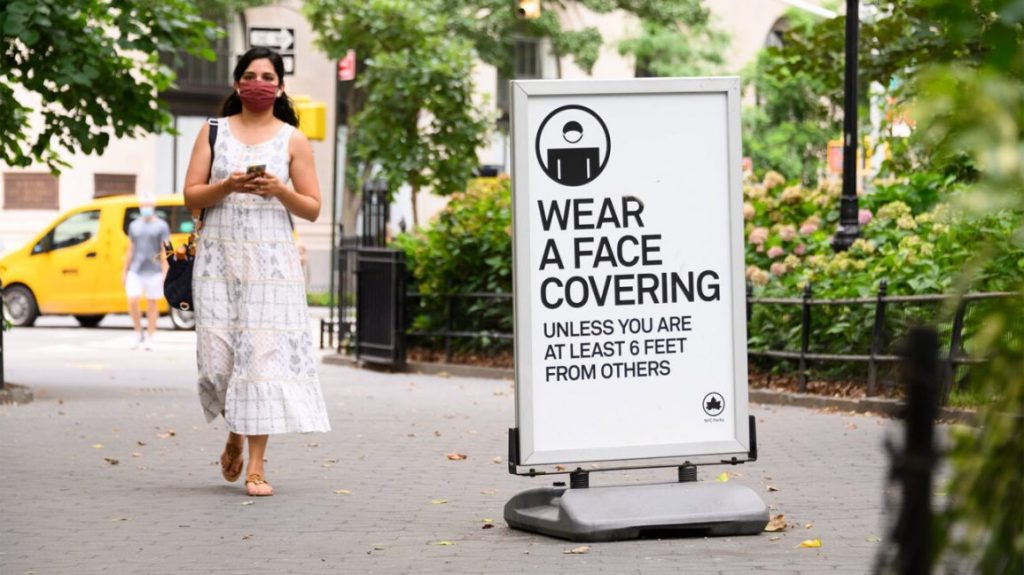
Tier 1 – medium level: In order to “simplify and standardise” measures, this Covid alert level will be like the current restrictions already in place. This includes not meeting with more than six people from various households and a 10pm curfew. All businesses can continue to operate in a Covid-secure manner, and schools, universities and places of worship will remain open. Team sport can only be played outdoors, and wedding and civil partnership ceremonies have a maximum of 15 guests.
Tier 2 – high level: Households and different support bubbles must not interact in any indoor setting, whether at home or in a public place. Pubs and cafes will be expected to stick to the 10pm curfew and the rule of six will apply outdoors. Families may be permitted to socialise in a private garden, but the rule of six will apply for a maximum of two households. Businesses will not be supported financially in this tier, as they haven’t been explicitly closed. People should aim to reduce the number of journeys they make where possible.
Tier 3 – very high level: For the parts of the UK with the highest level of cases, tougher restrictions will apply. This level includes the closure of businesses, pubs, bars, leisure centres and entertainment. Restaurants can remain open. Different households and families are banned from mixing indoors and outdoors. Schools, retail, and universities will remain open and only essential travel will be permitted. Eligible businesses will be supported financially by the Government and the same support will be extended to support enforcement if needed. This system will be reviewed every four weeks under the new sunset clause.
How is Covid-19 going to affect Christmas this year?
The Prime Minister’s statement on September 22 makes it clear – Christmas 2020 will be like no other. If the guidance stays as is for half a year, which Boris Johnson has hinted at, the ‘rule of six’ will remain firmly in place across the country. Larger families will have to rethink their family festivities. Best to put that seventh and eighth dinner setting away as your guest list is bound to be capped at six people. There is an exception for larger households which already have more than six family members. Depending on what tier you find yourself in, the same applies for festive dinners and parties. If you plan to enjoy a Christmas meal at a pub or restaurant, it is forbidden to have more than five friends at the table at any given time and more than two families mixing indoors and outdoors. This is extended further depending on what tier you are in – higher tiers are not allowed to mix with other households indoors at all, including in restaurants. As it stands, the Government has not imposed a second national lockdown, where pubs, shops and businesses close completely. It has instead tightened measures and introduced a three-tiered system to simplify local lockdowns in coronavirus hotspots. The Prime Minister said earlier this month it was “too early to say” whether it would be possible to have large family gatherings over the festive period, after imposing the ‘rule of six’. Christmas-specific rules have not been announced by the Government. The current guidance says the public must always follow the new rules or risk being fined. Since this is projected to last for six months, Christmas would fall under the same umbrella.
Boris Johnson said on Tuesday 22 September that the Government will review the new changes “if the British public can do what they did before” in complying with the new regulations. But since then, families will have to comply with the new rules under the three-tier system.


